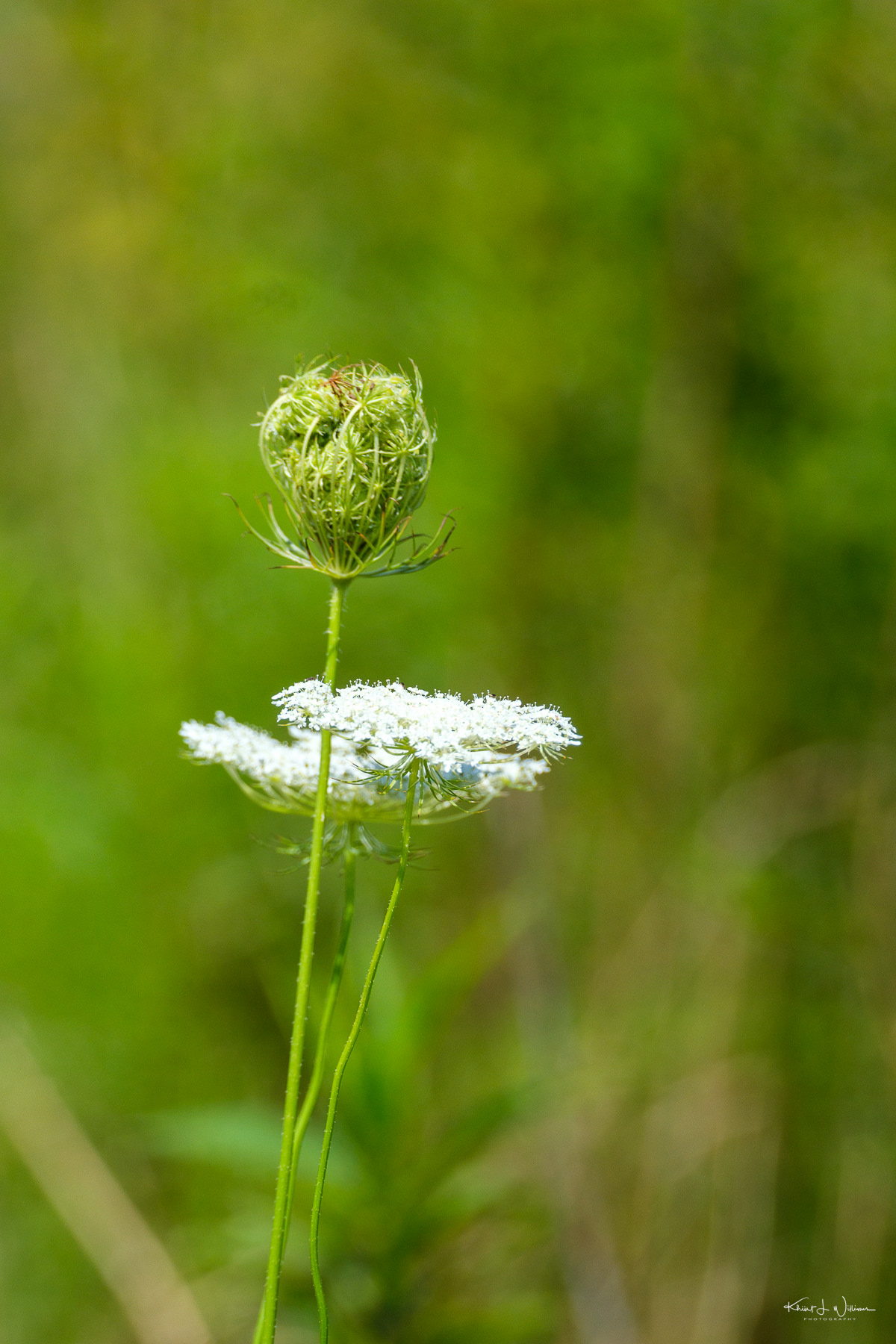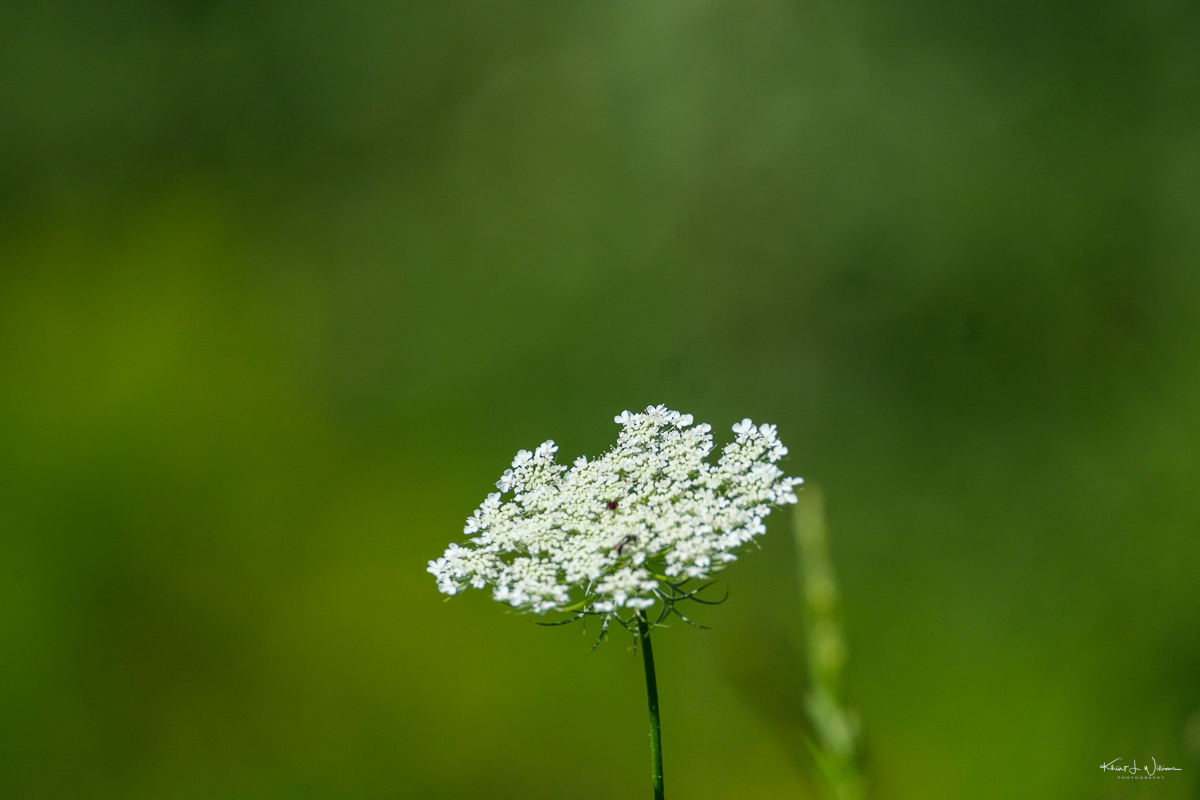This summer, I learned that "wildflower" isn't just a another name for native flowers.
A wildflower, it turns out, is a flowering plant that hasn't been messed with genetically. It's a flower that grows without anyone planting it on purpose. You'll find them popping up in the woods, meadows, mountains, and anywhere they've adapted to grow.
I see a lot of different flowers when I'm hiking in the woods. Some are native, and some are non-native. Native plants are the desired ones because they do more than look pretty. They're food for animals (us included), help keep the air clean, and stop the soil from washing away. They fit into their ecosystem so well that they don't usually spread beyond the edge of what the ecosystem can handle.
Queen Anne's Lace (Daucus carota) is one of the non-native wildflowers I often see around the Sourland Mountain area. Originally from the Old World's temperate regions, it probably got here thanks to the Dutch farmers who settled here in the 17th century.

These flowers aren't showy – just small and dull white bunched together. They bloom from May to September. And as the seeds get ready, the edge of the bunch curls up and goes all concave. Once they dry up, they break off and roll around like tumbleweeds.

